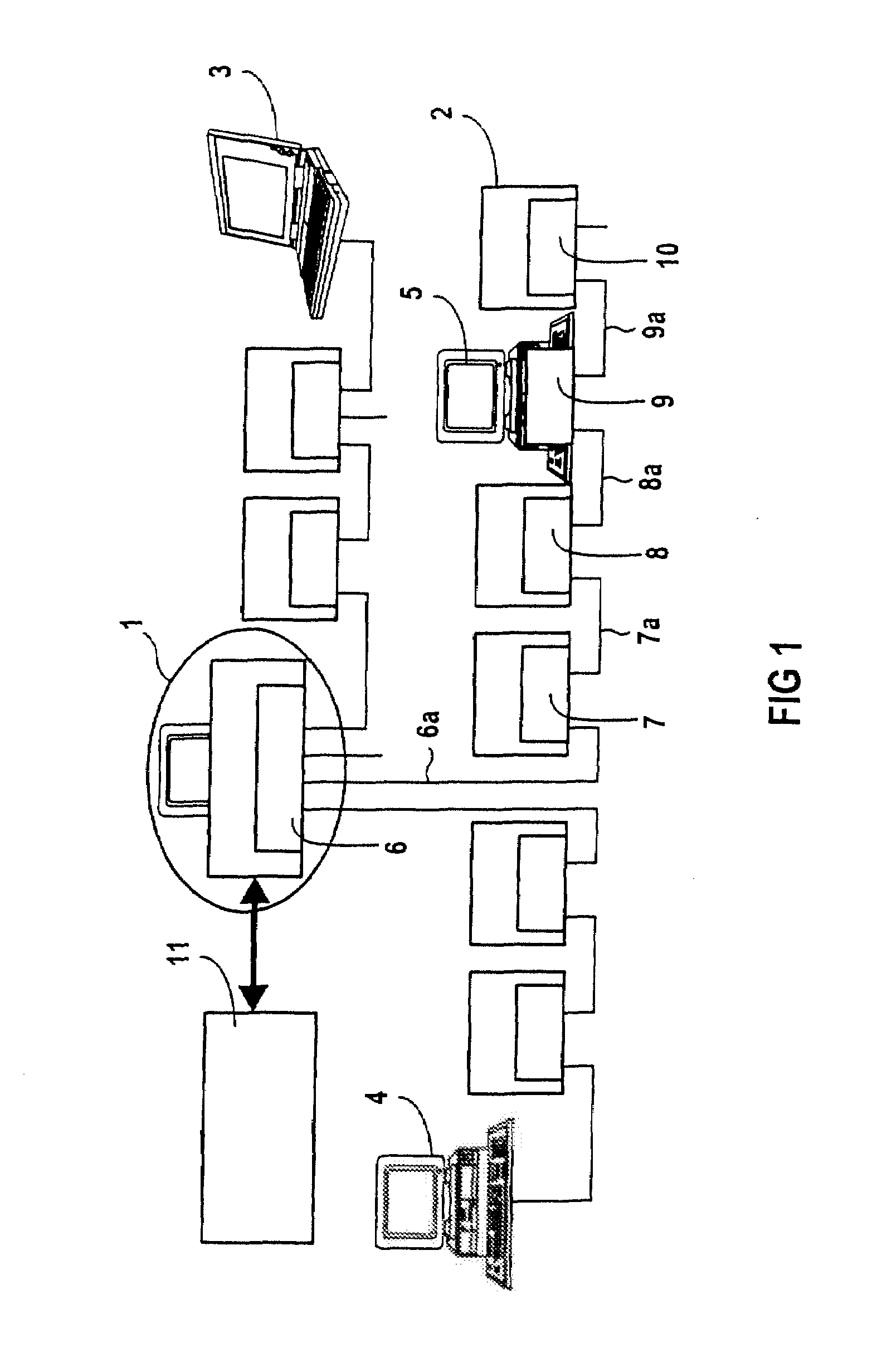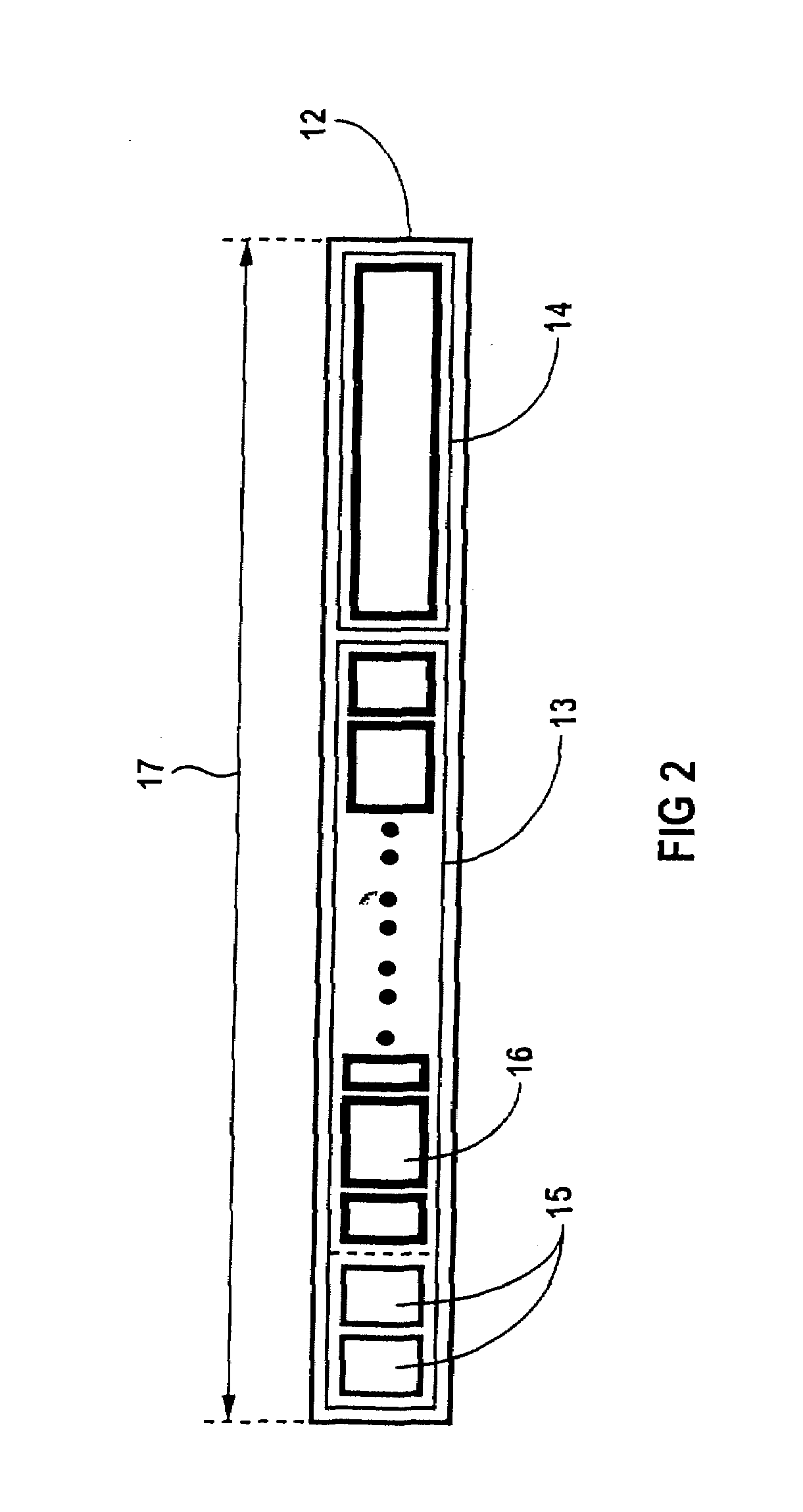System and method for transmitting real-time-critical and non-real-time-critical data in a distributed, industrial automation system
a technology of industrial automation and real-time critical data, applied in data switching networks, multiplex communication, digital transmission, etc., can solve the problems of not being able to avoid collisions on transmission lines in bus systems or switching units in switched high-speed networks, especially fast ethernet or switched ethernet, and achieve poor bandwidth utilization and cost advantage
- Summary
- Abstract
- Description
- Claims
- Application Information
AI Technical Summary
Benefits of technology
Problems solved by technology
Method used
Image
Examples
Embodiment Construction
[0030]FIG. 1 shows a diagrammatic representation of an exemplary embodiment of a distributed automation system, the switching unit in each case already being integrated in the respective user as part of the invention for reasons of clear representation. In contrast, the prior art sees each of the switching units, here already integrated in the relevant local user, as a separate device which is in each case connected between two users. Integrating the respective switching unit in a user is more inexpensive and easier to maintain.
[0031]The automation system shown consists of a number of users which can be constructed both as transmitter and as receiver at the same time, for example of a control computer 1, a number of drives in which only drive 2 is designated for reasons of clear representation, and other computers 3, 4, 5 which are connected to one another to form a switched data network, especially the Ethernet, by means of connecting cables, especially Ethernet cables, in the case...
PUM
 Login to View More
Login to View More Abstract
Description
Claims
Application Information
 Login to View More
Login to View More - R&D
- Intellectual Property
- Life Sciences
- Materials
- Tech Scout
- Unparalleled Data Quality
- Higher Quality Content
- 60% Fewer Hallucinations
Browse by: Latest US Patents, China's latest patents, Technical Efficacy Thesaurus, Application Domain, Technology Topic, Popular Technical Reports.
© 2025 PatSnap. All rights reserved.Legal|Privacy policy|Modern Slavery Act Transparency Statement|Sitemap|About US| Contact US: help@patsnap.com



